
Final data of the 12th national census published, Nepal’s population reaches 29,164,578
The government of Nepal on Friday published the full and final report of the Nepal population census 2021, according to which 29,164,578 is the official population size of Nepal.
Prime Minister Pushpa Kamal Dahal ‘Prachanda’ announced the final results of Nepal’s latest census amid a programme held in Kathmandu.
Last year, a preliminary report was launched, which had put the figure as 29,192,480.
Census 2021 was the first since the country adopted federalism, with seven provinces and 753 local units.
In the final and detailed report published by the Central Bureau of Statistics, the population of Nepal is 291 million 64 thousand 578 of which 142 lakh 53 thousand 551 (48.98 percent) are males and 149 lakh 11 thousand 27 (51.02 percent) are females.
The number of other genders is 2,928. This is 0.001 percent of the total population.
For the first time in Nepal’s history, the Nepal population census 2021 has counted people belonging to other gender groups except for males and females.
As per the report, the annual population growth rate of the country is 0.92 per cent whereas the population density per square km is 198.
As per the final data, there are 7,552,066 houses in the country. Of them, 71.7 percent is used for residential purposes, 10.1 percent is used as animal sheds and food shelter, 6.3 percent of the houses are unused, 5.9 percent of the houses are used for other purposes like kitchen among others.
Similarly, the report shows that Bagmati Province has the highest population of 6,120,000 which is 20.97 percent of the total population. Madhesh Province comes in second with 6,110,000. The province with the least population is Karnali with 5.79 percent of the total population living in the province.
According to the 2021 census, Geographically, Tarai has the highest population with 15,634,006 people living in the plains which is 53.61 percent of the total population. The hill region has a population of 11,757,624 which is 40.31 percent while the mountain region is home to 6.80 percent (1,772,948) of the total population.
Moreover, 3.1 percent of the buildings are used for business purposes, 1.1 percent of the house are used by educational institutions, 0.4 percent each is used by industries and organisations including government offices. Hotels and lodges are operated in 0.3 percent of the houses while 0.2 percent of the houses are used by the health sector and bank and financial institutions operate on 0.1 percent of the total houses.
Likewise, there are 7,552,066 houses in the country. Of them, 71.7 percent is used for residential purposes, 10.1 percent is used as animal sheds and food shelter, 6.3 percent of the houses are unused, 5.9 percent of the houses are used for other purposes like kitchen among others.
The national average family size is 4.37. The literacy rate is 76 per cent.
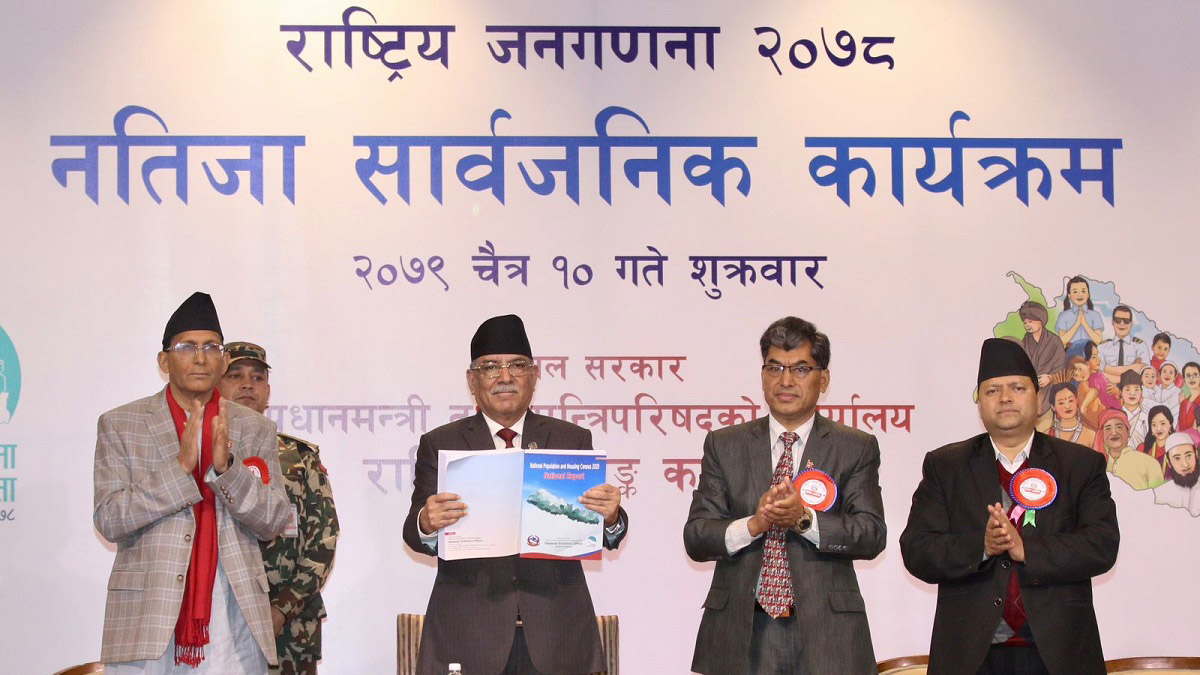



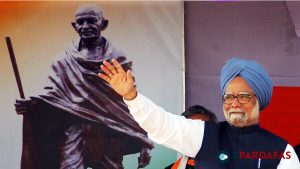


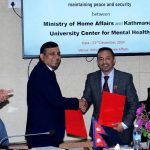


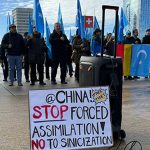
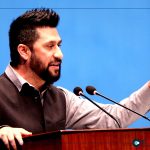
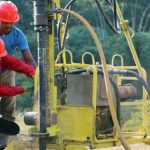
Comments